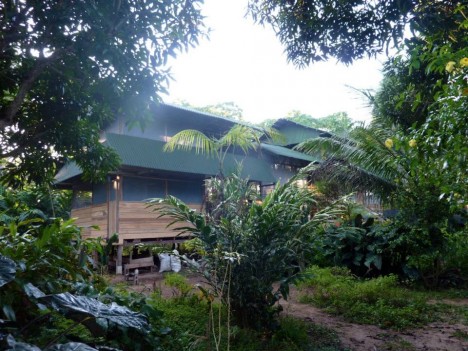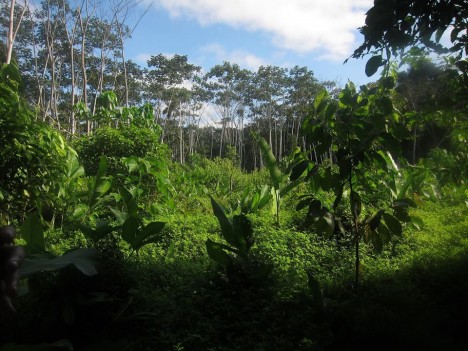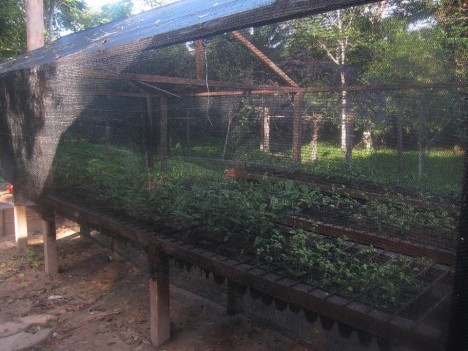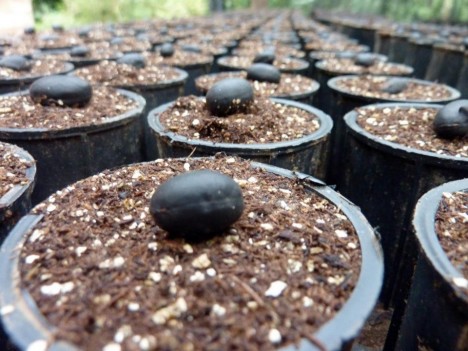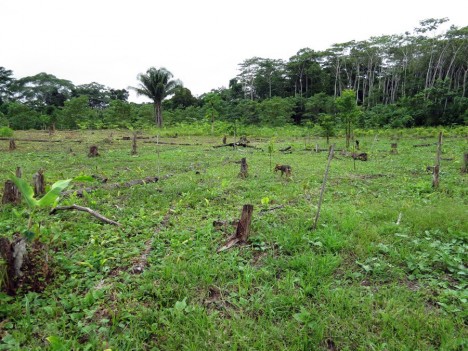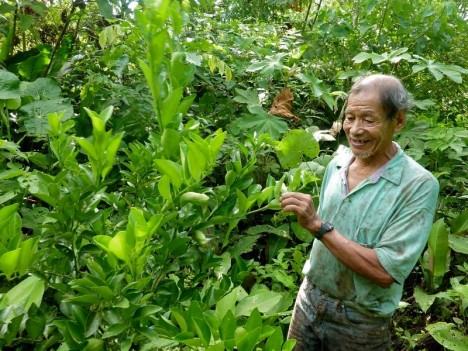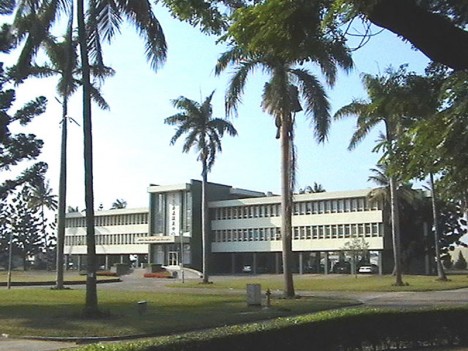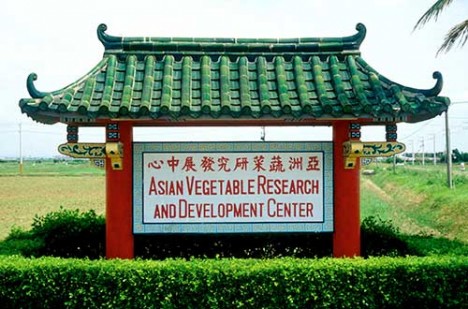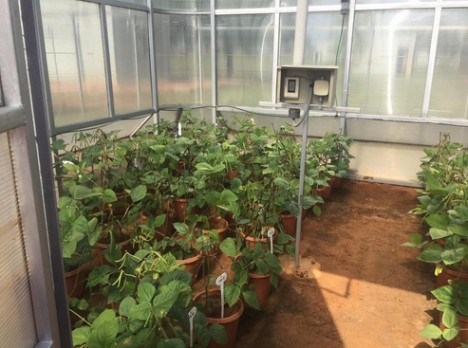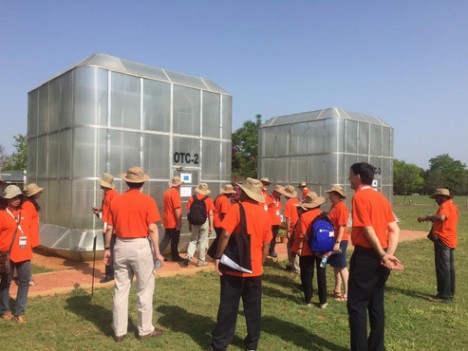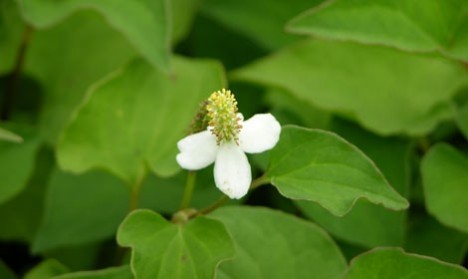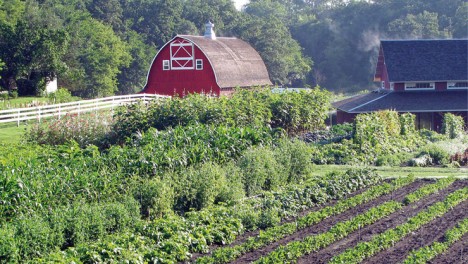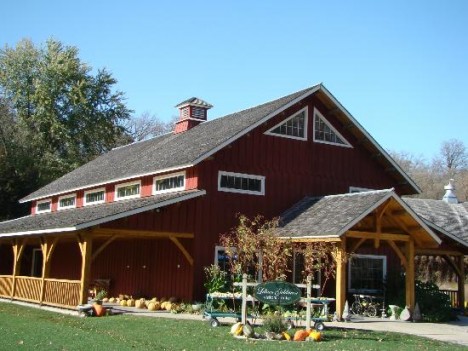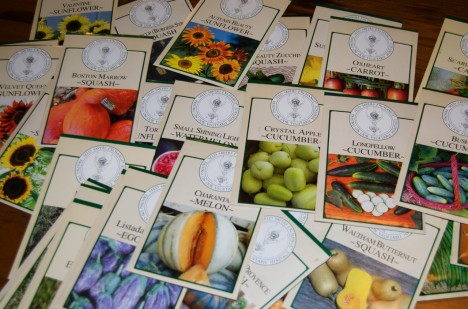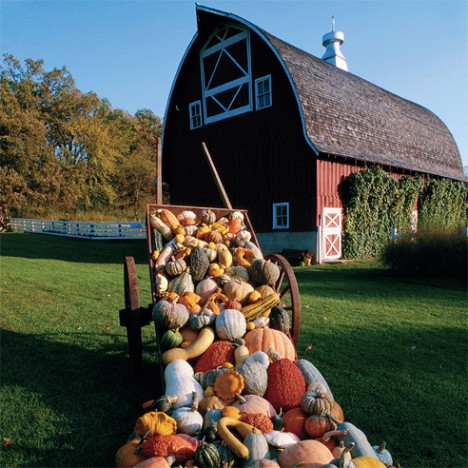Camino Verde Living Seed Bank – South America
While most seed banks focus on preserving seeds for future generations, Camino Verde‘s mission goes a bit further. Their focus is on preserving useful trees – those used for medicine, food, crafts, and more – and the project involves planting and protecting those trees for ongoing and future reforestation efforts.
Based in the US but working in the Peruvian Amazon, Camino Verde’s Living Seed Bank has planted more than 250 tree species. They plant over-exploited Heritage Trees, 50 or more at a time, to promote a diverse genetic stock from which healthy seeds can be harvested, preserved, and planted again.
The group is also closely involved with subsistence farmers in Peru. They provide information and training in sustainable agroforestry, a farming method in which useful trees and shrubs are included in a farmer’s crops rather than completely cleared from the property. As of 2011 (the most recent date the group listed data for), Camino Verde had planted 17.5 acres of trees, including 70 varieties of fruit-bearing trees and more than 40 types of ornamentals.
ARVDC – The World Vegetable Center – Taiwan
Dedicated to improving global nutrition and eliminating poverty and hunger throughout the world, The World Vegetable Center is the largest public germplasm collection on the planet. The organization believes that through improved farming practices and better nutrition, we can not only feed the world’s more than 7 billion inhabitants but also significantly reduce humans’ harmful impact on the planet.
The World Vegetable Center focuses on preserving vegetable genetic material, cultivating superior strains of edible plants, and training partners in conservation and planting of the most efficient plant varieties. The plant genes sought and emphasized by the Center are high nutritional value, stress tolerance, and pest and disease resistance. The group also develops and teaches effective growing methods to increase crop yields.
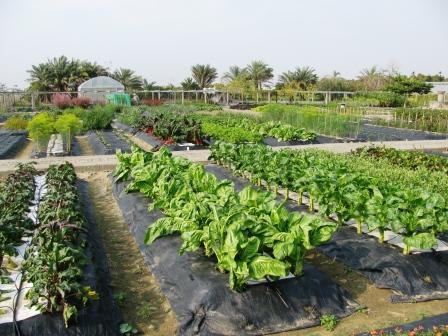
By cultivating these superior plants, farmers around the world can grow crops that will feed more people in a more efficient way, improving nutrition for all. So far, the Center has distributed 600,000 seed samples to more than 180 countries. Their stock of germplasms includes more than 59,500 varieties gathered from 156 countries.
Seed Savers Exchange – Heritage Farm – Decorah, Iowa
Seed Savers Exchange is a member-supported non-profit that conserves and distributes heirloom seeds, helping to preserve important plant species while providing farmers and gardeners with their own opportunity to support culturally diverse planting. The organization allows visitors to walk around and tour the farm, and they provide education about SSE’s mission and goals.
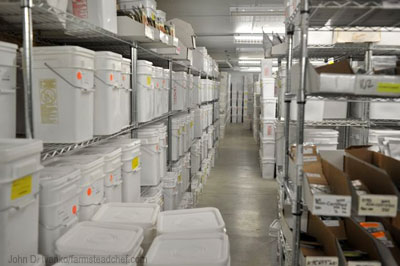
As the name suggests, the organization allows members to swap seeds and information – they also offer seeds and plants for sale to the general public. But SSE’s main mission is to preserve culturally diverse but endangered heirloom food crops. They provide both in situ preservation (protecting plants in their native habitats) and ex situ preservation (banking the seeds and genetic material from a wide variety of plants).
SSE has sent six submissions to the Svalbard Global Seed Bank containing more than 2000 plant varieties. Duplicates are kept on-site at the farm and continue to be cultivated there. The organization is doing its part to promote biodiversity in the present and to ensure the continuation of valuable plants for our future.
